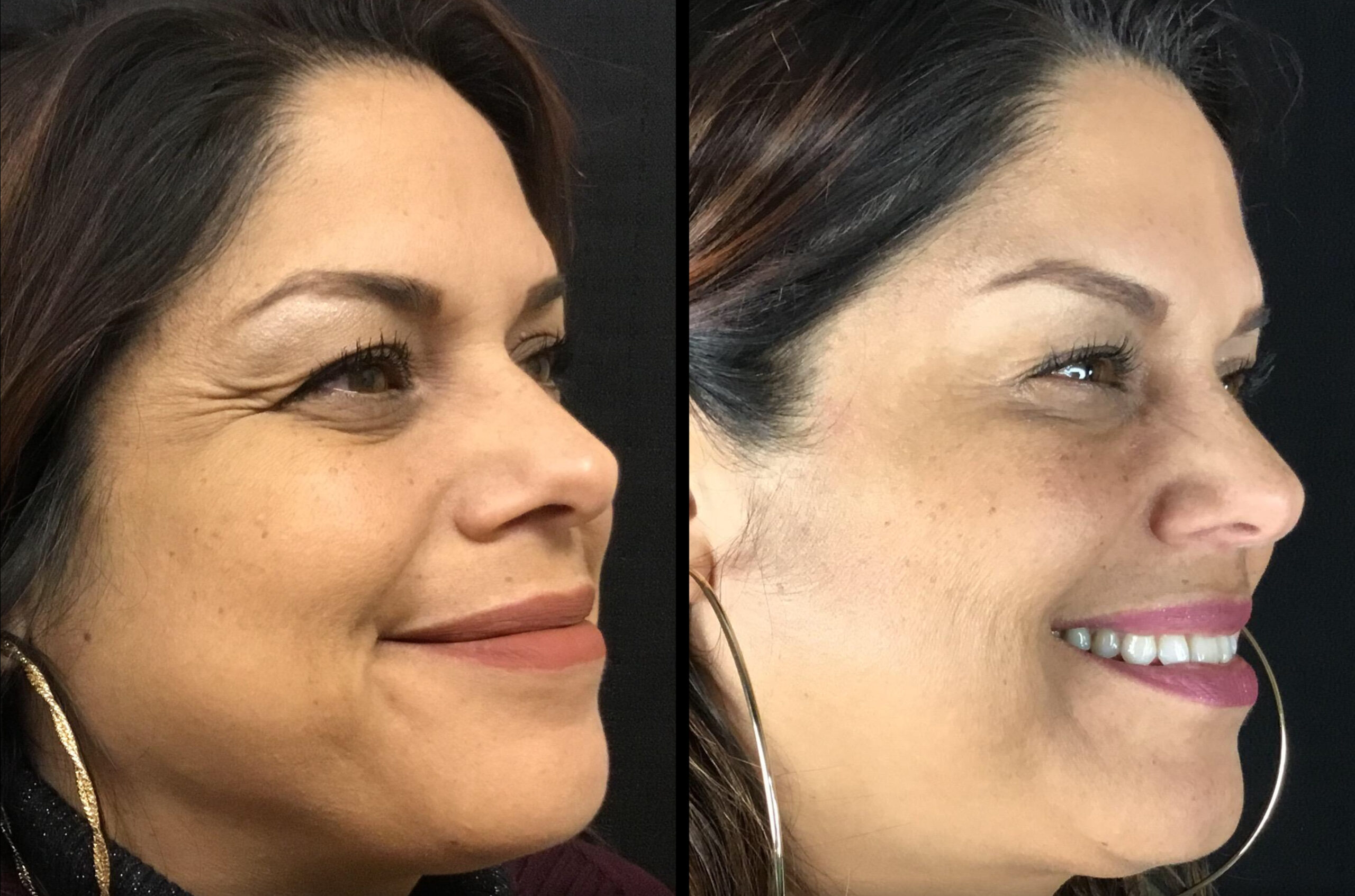Fat Transfer Breast Augmentation in San Antonio
Breast augmentation technology has evolved significantly in recent years. Silicone and saline implants are safer and more natural-looking than ever. Still, patients are demanding — and technology affording — more options to gain the desired appearance for their breasts.
One of the most recent breast augmentation innovations being offered across the globe, and by Dr. Elizabeth Hernandez at Eterna Cosmetic Surgery in San Antonio, is fat transfer breast augmentation.
If you desire larger breasts with more natural curves and a more flattering silhouette, fat transfer breast augmentation is a compelling, innovative choice that leads to tremendous results.
What is Fat Transfer Breast Augmentation?
Fat Transfer Breast Augmentation, technically referred to as augmentation mammoplasty using autologous fat transfer, is a cutting-edge procedure that uses your own fat cells to naturally enhance the size and appearance of your breasts. This procedure is an excellent choice for women who prefer a more natural appearance of their breasts, and women who desire a less-invasive alternative to traditional breast implants.
Only one needle puncture is made below each breast during Fat Transfer Breast Augmentation. This technique results in significantly less scarring than traditional breast augmentation.
Who is an ideal candidate for Fat Transfer Breast Augmentation?
Fat Transfer Breast Augmentation is ideal for women who are in good health, and are looking for a modest increase in breast size, typically to add 1 cup size to their breasts.
If you have had children and breastfed your children, you may have lost breast mass once you stopped breastfeeding. Fat Transfer Breast Augmentation is an excellent choice to restore your breasts to their pre-child appearance.
You may also be a good fit for Fat Transfer Breast Augmentation if you have previously had breast implants and had to have them removed.
During your consultation, Dr. Hernandez will talk to you about your specific situation and goals, and will conduct a thorough examination so that she can make the best recommendation to help you reach your goals.


